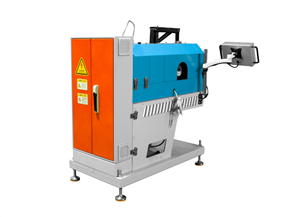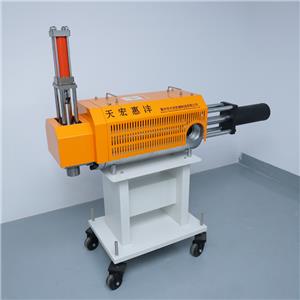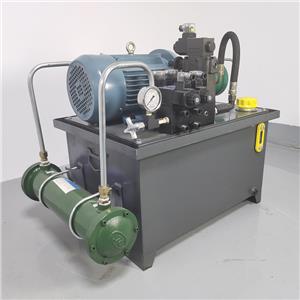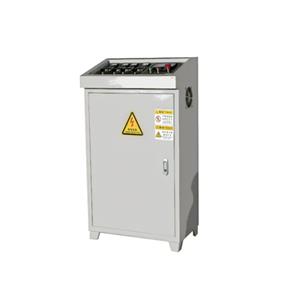PET vs PVC: Who wins in the battle of packaging materials?
Are you still struggling to choose packaging materials?
Polyvinyl chloride (PVC)
Appearance: transparent to opaque, hard. Softening or melting temperature range: 75~90°C; Burning flame state: yellow under green with white smoke and irritating sour taste; After the fire: out of the fire; It burns and becomes brittle.
Polyethylene terephthalate (PET)
Appearance: Transparent. Flammability: flammable, leave the flame to continue burning. Near the flame is melting shrinkage, melting combustion, leaving the flame can continue to burn, a few smoke, there is a very weak sweet, ash hard round, black or light brown.
We'll explore the pros and cons of PET (polyethylene terephthalate) and PVC (polyvinyl chloride), two popular plastic packaging materials, to help you choose the one that best suits your packaging needs!
01 PET plastic packaging
PET is a popular packaging material that can be recycled. But what is PET material? Why is PET so dominant in packaging?
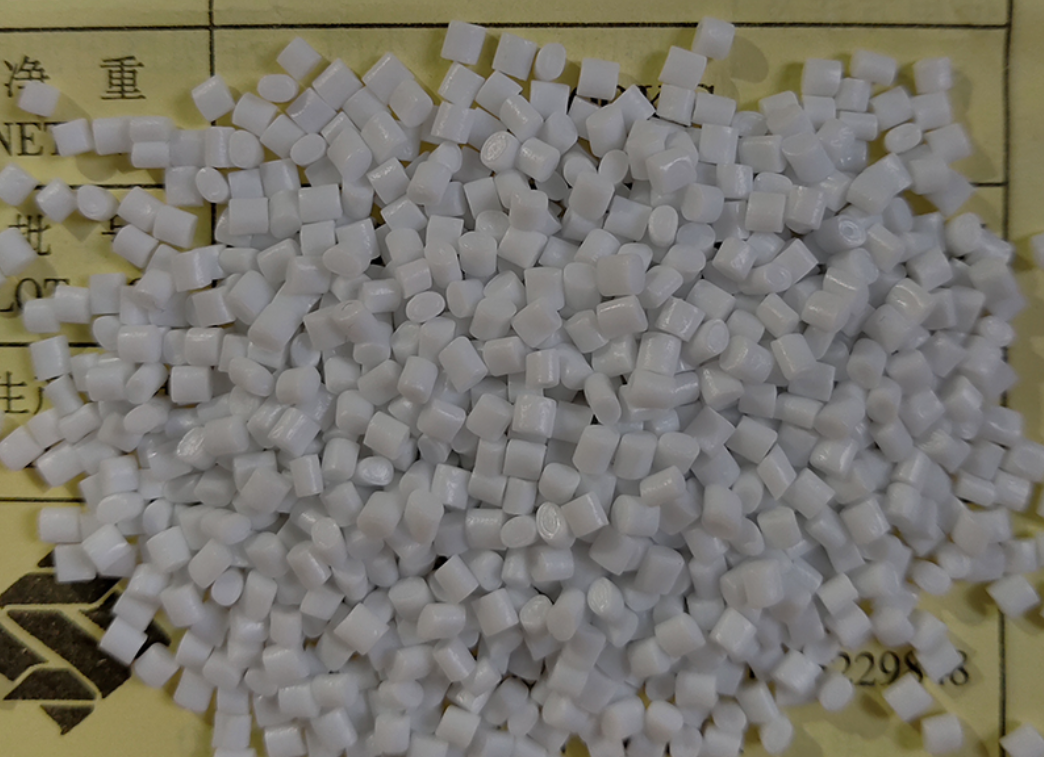
What is PET material?
PET or polyethylene terephthalate is made from terephthalic acid and ethylene glycol, which combine to form a polymer chain. It is a strong, transparent, lightweight non-glass plastic material. In addition, it is resistant to microorganisms such as germs, fungi and parasites. Therefore, you can use it for many applications, especially thermoformed packaging design, and even food and beverages! However, it will not degrade when exposed to moisture and air for a long time, maintaining its durability under various conditions.
Advantages of PET packaging
Recyclability: PET plastic is recyclable and you can easily recycle it into new products, contributing to the circular economy and reducing plastic waste.
Light weight: PET non-woven bags are light in weight, which can reduce transportation costs and energy use in transportation.
Durability: PET can withstand sharp shocks, making it ideal for protecting fragile products such as beverages, vegetable and fruit packaging.
Clarity: Its transparency enables consumers to see the product, which benefits food and beverage packaging.
Versatility: PET is used in a variety of industries, from food to healthcare.
Disadvantages of PET packaging
Environmental impact: Although PET is recyclable, it is still a petroleum-based plastic. If not recycled properly, it can lead to plastic pollution.
Uv sensitivity: PET plastics degrade over time under UV light, which affects the shelf life of the product. Limited temperature resistance: PET is less resistant to extreme temperatures than other plastics, which limits its use in some packaging applications.
02 PVC plastic packaging
PVC plastic is another widely used material in the packaging industry, and we will introduce it to you below!
01 What is PVC material?
PVC, or polyvinyl chloride, is a versatile plastic that has been used for decades in a variety of applications, from packaging to building materials such as roofing. It is produced by suspension polymerization and is known for its rigid construction and durability. However, it has also been controversial due to the environmental and health risks associated with its production and disposal.
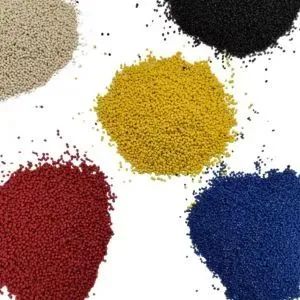
Advantages of PVC packaging
Cost effective: It is usually cheaper to produce than other plastics. If you want to minimize packaging costs, this will be your best choice.
Durability: It has a rigid construction that can withstand extreme temperatures, which makes it ideal for protective packaging.
Widely used: Due to its durability and strength, it is commonly used in packaging, construction and even medical equipment.
Disadvantages of PVC packaging
Health risks: PVC plastics emit hydrogen chloride during production and disposal. It is harmful to the environment and human health. Its additives, such as plasticizers, can leach into food and drinks, which can lead to potential health risks. So you'd better avoid using it in food packaging.
Difficult to recycle: Compared to PET plastic, it is more difficult to recycle, and its disposal can release harmful chemicals.
Environmental impact: The production and disposal of PVC has a significant impact on the environment, resulting in pollution and toxic waste.
03 What is the difference between PET and PVC plastic?
The most significant difference between PET and PVC plastics is their impact on the environment and health.
PET is often considered a greener option because it is easier to recycle and has a lower overall environmental footprint.
In contrast, PVC production and disposal produces more harmful pollutants and poses greater health risks due to the discharge of hydrogen chloride and the use of toxic additives.
From a functional point of view, PET plastic is lightweight and transparent, making it ideal for food and beverage packaging. PVC plastic has greater durability and heat resistance, and is suitable for packaging materials that require rigidity and strength.
04 Which raw materials are more suitable for packaging: PET and PVC
When comparing PET and PVC packaging, the choice ultimately depends on the specific needs, costs and environmental considerations of your product. Based on cost, PET is about 20% cheaper than PVC.
PET plastic is more expensive, but has long-term environmental benefits; For packaging with critical visibility and recyclability requirements, such as food containers and beverage bottles; Highly recyclable, reduces environmental impact and supports circular economy.
The production cost of PVC plastic is lower, and it is cost-effective for enterprises; For rugged applications such as building materials and medical devices; The impact on the environment is greater due to toxic emissions during production and disposal.
05 Conclusion
PET is a more environmentally friendly option, ideal for recyclable packaging in food and beverages, with the advantages of transparency and light weight. While durable and cost-effective, PVC has environmental risks. For businesses focused on sustainability, PET is a winner. However, if strength and cost are your main concerns, PVC may still be fine. In general, PET is a better choice for sustainable packaging, and you can choose according to your own needs.

